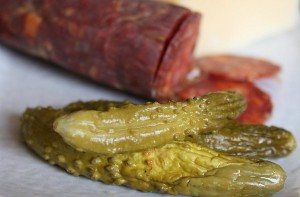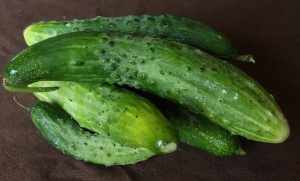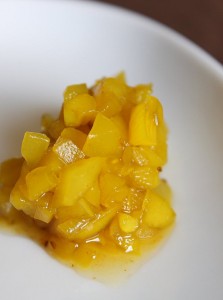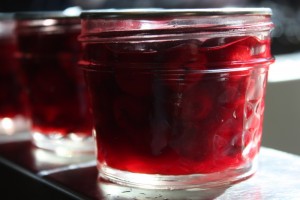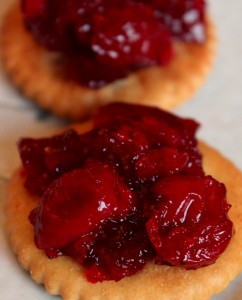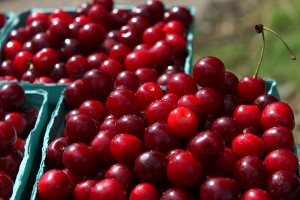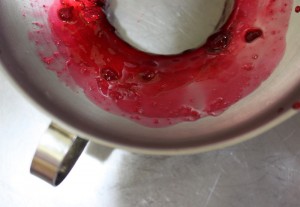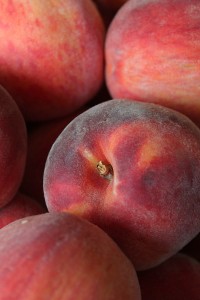 As much as I love canning, I get a little bored with doing the same old things. Faced with 43 pounds of peaches to process, I decided to try something new: canning peach pieces.
There are many methods to can peach pieces, including cold and hot pack, with syrup, juice, or water. I sought out the advice of the Ball Canning Book, the National Center for Home Food Preservation and PickYourOwn.org. The combined wisdom suggests that hot packing in at least a very light syrup does the best job of preserving the texture of the peaches.
As much as I love canning, I get a little bored with doing the same old things. Faced with 43 pounds of peaches to process, I decided to try something new: canning peach pieces.
There are many methods to can peach pieces, including cold and hot pack, with syrup, juice, or water. I sought out the advice of the Ball Canning Book, the National Center for Home Food Preservation and PickYourOwn.org. The combined wisdom suggests that hot packing in at least a very light syrup does the best job of preserving the texture of the peaches.
My Method
1) Blanche peaches in boiling water and shock in ice water to loosen skins.
2) Remove skins.
3) Slice peach in half, remove pit (get a freestone variety or this is nearly impossible), and slice each half into six slices.
4) Place the slices in a large pot. Any pieces that do not hold together for nicely formed slices go in a smaller pot for making into peach jam.
5) Make a very light syrup of 1 cup sugar to 8 cups water by gently heating to dissolve the sugar into the water.
6) Pour syrup over peaches and heat to a gentle boil. Hold at boiling for 5 minutes.
7) Ladle peach pieces into sterilized pint jars. Use a knife to gently stir and release air bubbles. Pour syrup over top, leaving 1/2 inch headspace.
8 ) Secure sterilized two piece lids on jars and place in a boiling water bath. Process for 20 minutes.
9) Admire the jars.
10) The following day, remove the rings. Wipe the residual sticky-ness from the jars with a warm wet cloth and label each lid with the product and date. Store in a cool, dark place until use.
Waste Not, Want Not
As I noted, any mushy bits or tiny pieces were reserved for peach jam. I added whole crushed allspice, cinnamon stick, and cloves in a sachet to my standard Pomona's peach jam recipe.
When I ran out of space in the canner and time in my afternoon, I scooped out remaining peach pieces and made them into cobbler.
Peach juice in light syrup was left. There was no way I could toss the beautiful nectar so I reheated it and canned some in pint jars the next day. Three pints went straight into the fridge for Momo Sake drinks.
Quantity
I reserved approximately 10 pounds of peaches we picked at Branstool for fresh eating. With the remaining 33 pounds, about 2.5 pecks, I ended up with:
12 pints pieces 7 half pints jam 6 pints nectar 6 cups leftover pieces (i.e. I could have canned 3 more pints if I had the time and space)
Using Canned Peaches
We don't buy canned peaches because what's available in the grocery does not remotely resemble the fruit I know and love. I plan to use what I made myself in smoothies, poured over yogurt and as an addition to fruit desserts. Though the kitchen was outrageously sticky at the end of the peach canning extravaganza, I know I will not regret the mess in deep winter when I taste summer by simply opening a jar. Have you canned peaches at home? How do you do it?
Tomorrow, I will conclude Peach Week by sharing my trick for canning peaches in record time and five songs to enjoy while doing so.




